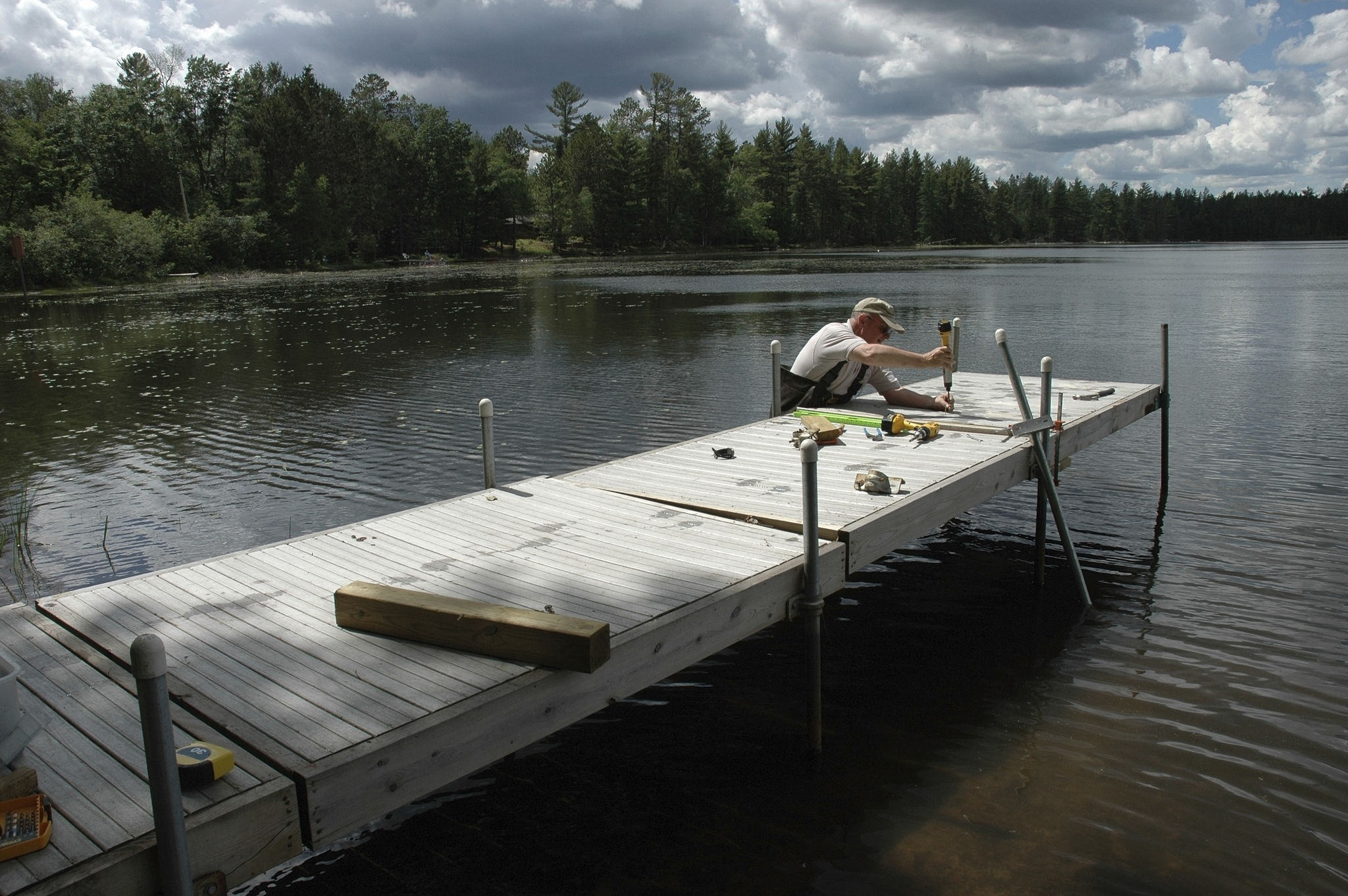DIY Dock Removal: A Step-by-Step Guide
Understanding Dock Removal Basics
Removing a dock may seem like a daunting task, but with the right tools and a methodical approach, it can be accomplished effectively. Whether you’re dealing with a floating dock or a stationary one, understanding the basics is crucial. The key is to ensure safety while protecting the surrounding environment.
Before starting, gather essential tools such as wrenches, hammers, saws, and a power drill. It's also important to wear protective gear, including gloves and safety glasses. The first step in dock removal is to inspect the structure for any damage or weak points. This will help in determining the best approach to dismantling it.

Preparing for Dock Dismantling
Preparation is critical to a smooth dock removal process. Begin by clearing the dock of any furniture or equipment. Ensure that the work area is free from obstacles to prevent accidents. For floating docks, ensure that all watercraft are removed from the vicinity.
Next, disconnect all utilities such as water and electricity. If your dock has lighting or other electrical components, turn off the power supply before disconnecting the cables. This step is vital to prevent electrical hazards during the dismantling process.

Step-by-Step Dock Removal Process
Now that preparation is complete, you can proceed with dismantling. Follow these steps for an efficient dock removal:
- Remove Decking: Start by removing the decking boards using a pry bar or drill to unscrew fasteners.
- Dismantle Frame: Once the decking is removed, dismantle the frame by unscrewing or sawing through joints. Use caution to avoid damaging reusable materials.
- Float Section Removal: For floating docks, detach and secure float sections. Transport them to a safe location away from the water.
Caring for the Environment
While removing your dock, it’s important to consider the environmental impact. Avoid disposing of debris in the water and ensure all materials are properly recycled or disposed of according to local regulations. This helps preserve the aquatic habitat and ensures compliance with environmental laws.
If your dock materials include treated wood or hazardous chemicals, consult with local waste disposal authorities for proper handling instructions. Being environmentally conscious ensures that your dock removal process is sustainable and responsible.

Final Tips for a Successful Dock Removal
After removing the dock, inspect the water area for any leftover debris or materials that may have been submerged. This ensures a clean and safe environment for future use. If you plan on installing a new dock, use this opportunity to assess any necessary improvements or alterations to the site.
Remember that dock removal can be labor-intensive, so don’t hesitate to seek assistance if needed. Having an extra set of hands can make the process more efficient and enjoyable.
Lastly, always prioritize safety during each phase of dock removal. With careful planning and execution, you can successfully dismantle your dock while safeguarding both yourself and the environment.
